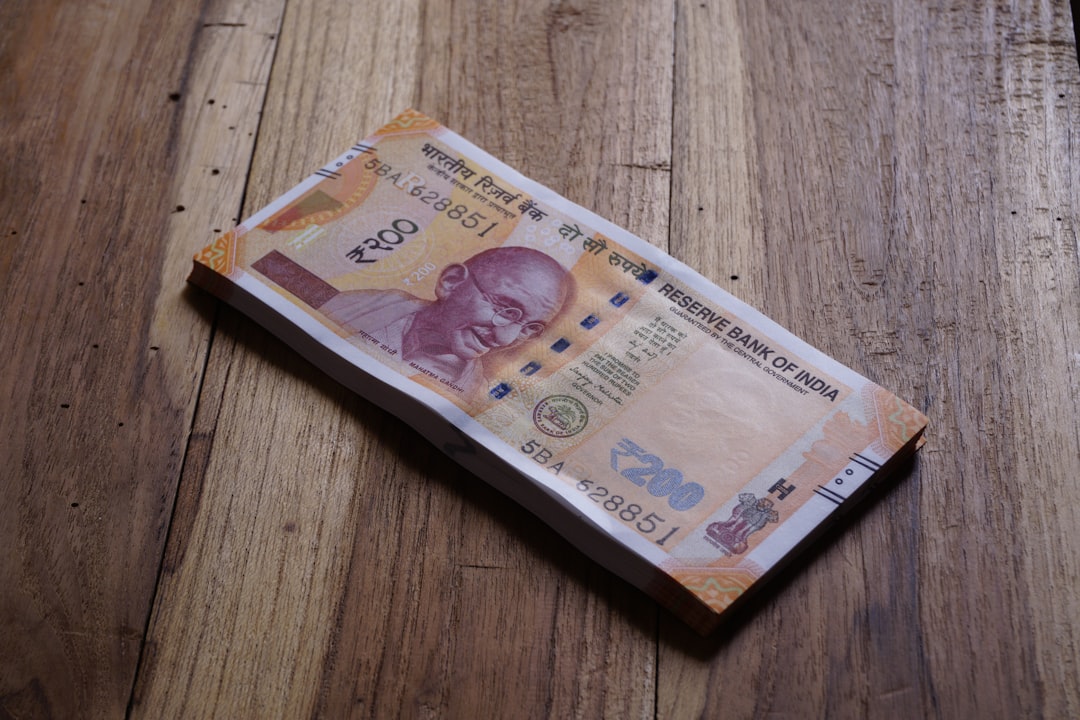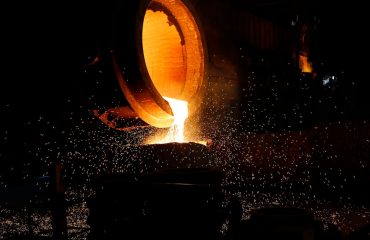body {
font-family: sans-serif;
line-height: 1.6;
}
h1, h2, h3 {
color: #333;
}
The global steel market is a complex web of interconnected factors, with pricing significantly influenced by international trade and fluctuating exchange rates. Understanding how foreign currency impacts steel pricing is crucial for both buyers and sellers navigating this dynamic landscape. This post delves into the intricacies of steel pricing in foreign currency, providing insights into the key drivers and strategies for managing risk.
The Interplay of Steel Prices and Exchange Rates
Steel prices are rarely static; they are constantly influenced by a multitude of factors, including raw material costs (iron ore, coal), energy prices, global demand, and geopolitical events. However, when trading internationally, the exchange rate between the buyer’s and seller’s currencies becomes a crucial variable. A strengthening dollar, for instance, can make US-produced steel more expensive for buyers using euros, potentially reducing demand. Conversely, a weakening dollar can make US steel more competitive in the global market. This dynamic interplay necessitates careful consideration of currency fluctuations when negotiating contracts and managing risk.
Major Currency Pairs Affecting Steel Trade
Several currency pairs dominate the steel trade, depending on the producing and consuming countries. The US dollar (USD) remains a key currency, often used as a benchmark for pricing. Other significant pairs include the Euro (EUR)/USD, the Chinese Yuan (CNY)/USD, and the Japanese Yen (JPY)/USD. The relative strength or weakness of these currencies significantly impacts the final cost of steel. For example, a strong Euro against the dollar might make European steel more expensive for US buyers, while a weak Yuan could make Chinese steel more attractive in international markets. Understanding these currency dynamics is paramount for effective price negotiation and risk management.
Hedging Strategies to Mitigate Currency Risk
The volatility of exchange rates poses significant risk to both steel producers and buyers. To mitigate this risk, various hedging strategies can be employed. These strategies aim to lock in a specific exchange rate, reducing the uncertainty associated with future price fluctuations. Common hedging tools include forward contracts, futures contracts, and currency options. Forward contracts guarantee a specific exchange rate for a future transaction, while futures contracts allow for trading on standardized currency contracts. Currency options provide the flexibility to buy or sell currency at a predetermined price within a specified period, offering protection against adverse movements without the rigidity of forwards.
The Impact of Geopolitical Events on Steel and Currency
Geopolitical events can significantly impact both steel prices and exchange rates. Trade wars, sanctions, and political instability can disrupt supply chains, influence demand, and create volatility in currency markets. For example, trade tensions between major steel-producing and consuming nations can lead to tariffs and trade restrictions, affecting prices and creating uncertainty in currency exchange rates. Similarly, political instability in a major steel-producing region can disrupt supply, driving prices up and potentially influencing the currency of that region. Therefore, staying informed about geopolitical developments is crucial for navigating the complexities of steel pricing in a foreign currency environment.
Analyzing Steel Price Data and Forecasting Future Trends
Accurate forecasting of steel prices and exchange rates is challenging but crucial for effective decision-making. Analyzing historical price data, considering market trends, and understanding macroeconomic factors are essential. Various analytical tools and models, including time series analysis and econometric modeling, can be used to predict future price movements. However, it’s important to remember that these are only predictions and unforeseen events can significantly impact the accuracy of forecasts. Combining quantitative analysis with qualitative insights, such as geopolitical assessments and industry expertise, can provide a more comprehensive and nuanced understanding of future trends.
Navigating the world of steel pricing in foreign currency requires a multifaceted approach. By understanding the interplay of exchange rates, geopolitical factors, and hedging strategies, businesses can make informed decisions, manage risk effectively, and thrive in this dynamic global market.
Tags: Steel Pricing, Foreign Currency, Exchange Rates, Hedging Strategies, Global Steel Market, Commodity Trading, Currency Risk




